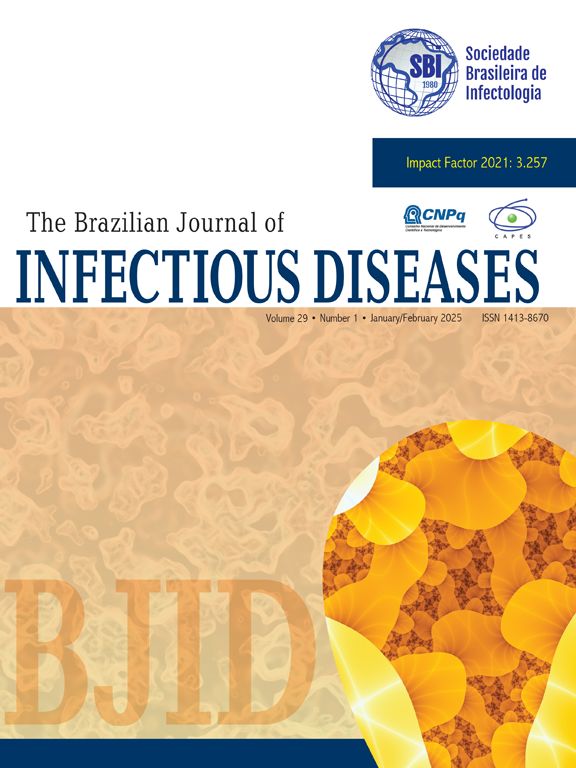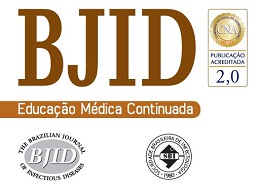The effectiveness of tuberculosis treatment delivered by a home-based care program to patients coinfected with HIV was compared with that of a service provided by outpatient departments. A retrospective study was made of a cohort of coinfected patients discharged from hospital between January 1998 and December 2002 who had been followed-up for one year within one of these programs. Two-hundred-and-forty-three patients who met the inclusion criteria were grouped according to their treatment program (group 1 received home-based care; group 2 attended outpatient departments) and then paired one-to-one across the groups by gender, age and level of education. Only 48 patients from each group could be paired. Apart from the duration of HIV infection, there were no statistically significant differences (P < 0.05) between patients in the two groups with respect to social-demographic status and clinical or laboratory characteristics. In group 1, 75.0% of patients attained successful tuberculosis treatment compared with 72.9% of those in group 2 (P = 0.816). Treatment was abandoned by 22.9% of patients in group 1 and by 54.2% of those in group 2 (P = 0.008). The death rate within one year after discharge was 20.8% for group 1 compared with 6.3% for group 2 (P = 0.334). Although both programs achieved a similar success rate in the treatment of tuberculosis, patients receiving outpatient care were three to eight-times more likely to abandon the program. The importance of assigning patients at-risk of abandoning treatment to a home-based care program after discharge from hospital is emphasized.
The Impact Factor measures the average number of citations received in a particular year by papers published in the journal during the two preceding years.
© Clarivate Analytics, Journal Citation Reports 2025
SRJ is a prestige metric based on the idea that not all citations are the same. SJR uses a similar algorithm as the Google page rank; it provides a quantitative and qualitative measure of the journal's impact.
See moreSNIP measures contextual citation impact by wighting citations based on the total number of citations in a subject field.
See more



